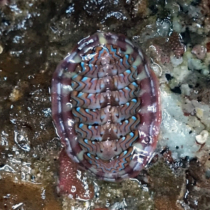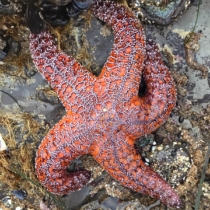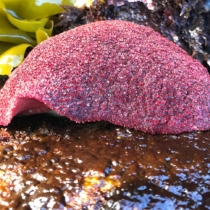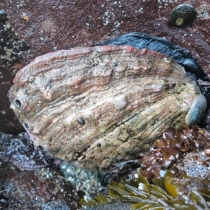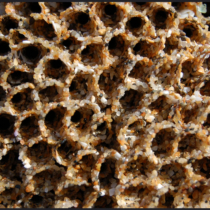by Miles, Sophia, and Charlie
Bishop O’Dowd High School
A sharp, cold wind rips across the beach, chilling the shivering O’Dowd students to the core. But there is no room for weakness. The research must be conducted at any cost. As the oceans continue to be examined, the relationship between sand crabs and sanderlings remains unclear. The two species are locked in the age-old, evolutionary battle of predator and prey, but the other aspects of their interactions are unknown. Exploring the correlation between the abundance of sand crabs and the abundance of shorebirds on Ocean Beach is a key component of understanding the beach as a whole. This research is vastly important, as sand crabs act as prey for many species on the sandy beaches, and serve as an indicator species, or a species that serves as a gauge for a habitat’s health.
More






